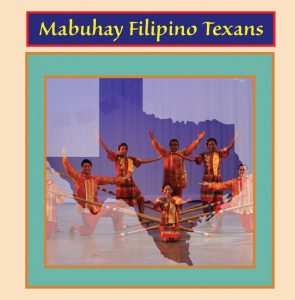The UTSA Institute of Texan Cultures has prepared an Asian Texan Exhibits and Programs series to highlight three prominent Asian communities in Texas and their unique dual heritage as they preserve their cultural identities while adapting to their new lives in Texas.
The institute will begin with the Filipino community, showing “Mabuhay: The Filipino Texans,” produced at the ITC with input from the local Filipino community. “Mabuhay” (a Tagalog greeting) presents the story of Filipino ... view more »
The UTSA Institute of Texan Cultures has prepared an Asian Texan Exhibits and Programs series to highlight three prominent Asian communities in Texas and their unique dual heritage as they preserve their cultural identities while adapting to their new lives in Texas.
The institute will begin with the Filipino community, showing “Mabuhay: The Filipino Texans,” produced at the ITC with input from the local Filipino community. “Mabuhay” (a Tagalog greeting) presents the story of Filipino presence in Texas, tracing to the 1820s, when Francisco Flores, a Filipino sailing on a Spanish ship, took up residence in Rockport. Mabuhay details Filipino culture, culinary traditions, military service, and other aspects of Filipino life in Texas.
Also showing, “Singgalot: The Ties that Bind,” originally from the Smithsonian Institution Traveling Exhibit Service. Singgalot, roughly translated from Tagalog language as “Ties that Bind,” initially explores the experience of Filipinos as colonial subjects and nationals, and further examines their struggles to acquire full citizenship as immigrants in the United States throughout the previous century. The exhibition uses rare photographs and illustrations from the National Archives, the Library of Congress and personal collections to provide a glimpse into the dynamic story, culture and contemporary issues of Filipino Americans.
View less





